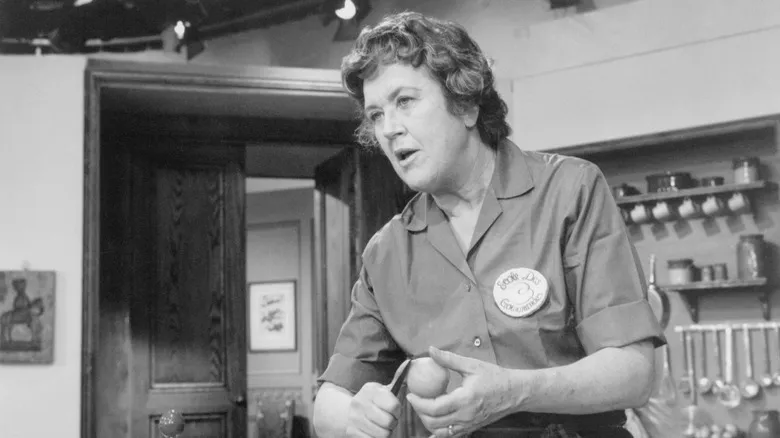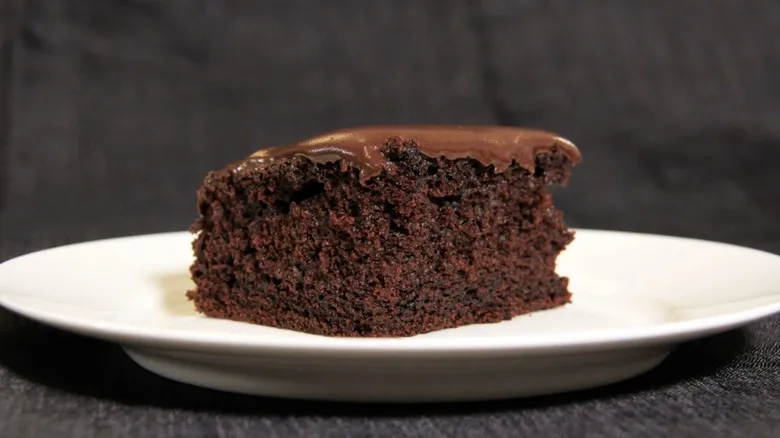A look at the modern pound cake

By the 20th century, new pound cake recipes emerged that took a lighter approach to the traditionally dense dessert. Initially, artificial leavening agents such as baking soda and baking powder were introduced. Some recipes incorporated oil, while others opted for yogurt, sour cream, or buttermilk to enhance fluffiness and moisture. Additionally, the ingredient ratios were adjusted to create a more manageable cake. Nowadays, most pound cake recipes use nearly half the amount of eggs, butter, and sugar compared to the original.
Numerous hacks and variations have modernized the humble pound cake, offering tips for easily removing it from a Bundt pan in one piece and enhancing its flavor. For instance, mixing in warmed sweetened condensed milk gives the batter a rich, dulce de leche-like sweetness, while buttermilk adds a distinct tang and extra tenderness. Renowned cookbook author Ina Garten offers her own vibrant twist on vanilla pound cake by incorporating lemon zest and a splash of Cognac alongside the vanilla extract. The result is a delightful blend of citrus and a hint of booziness. Clearly, this pastry, once a family staple, has transformed into something entirely different, yet it remains a delicious favorite.
Recommended

The French Dessert That Made Julia Child Cry On Television

This Depression-Era Cake Is The Secret To Delicious, Allergy-Friendly Baking

Effortlessly Add Sweet And Tangy Notes To Muffins With One Sauce

How To Thin Out Melted Chocolate For The Best Results
Next up





